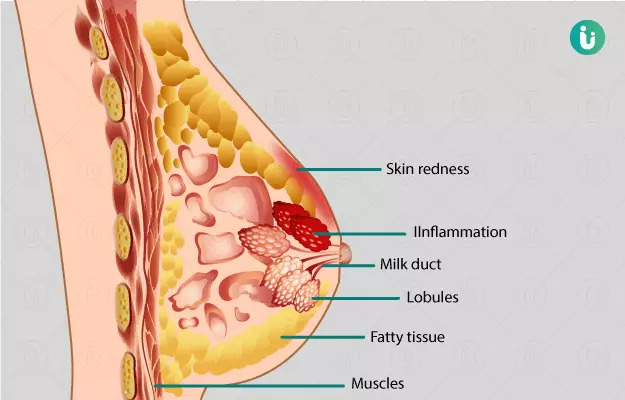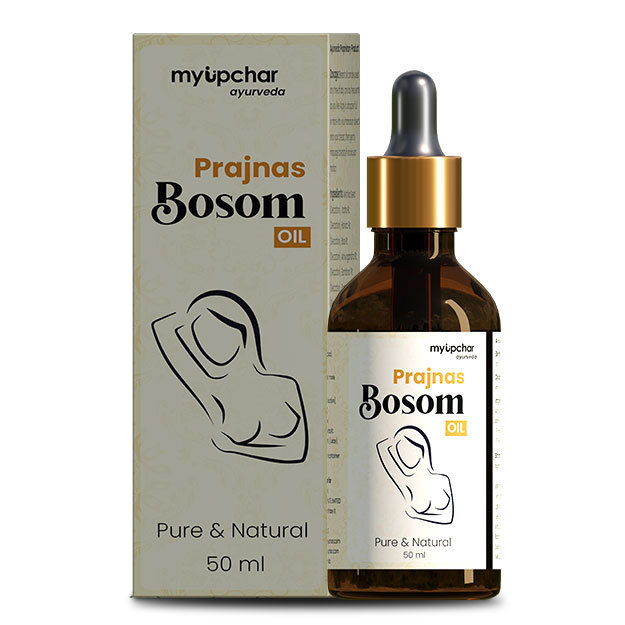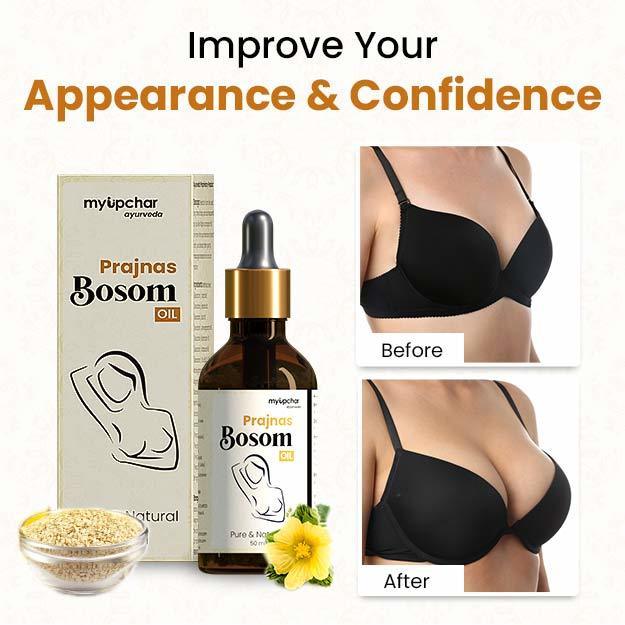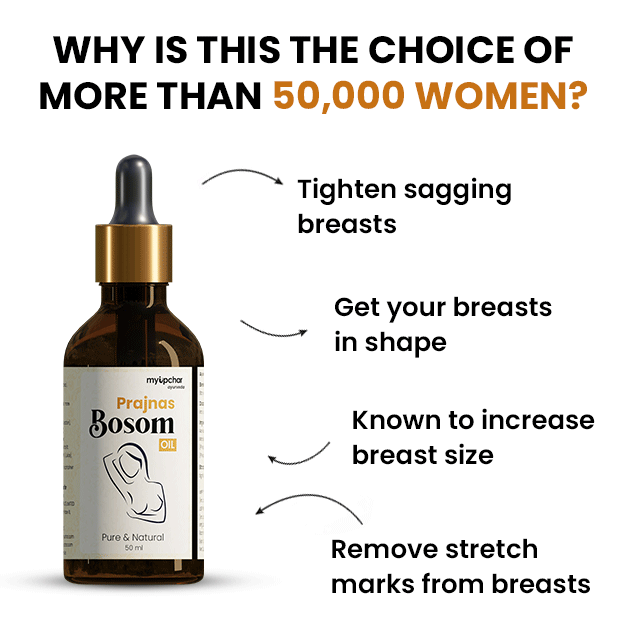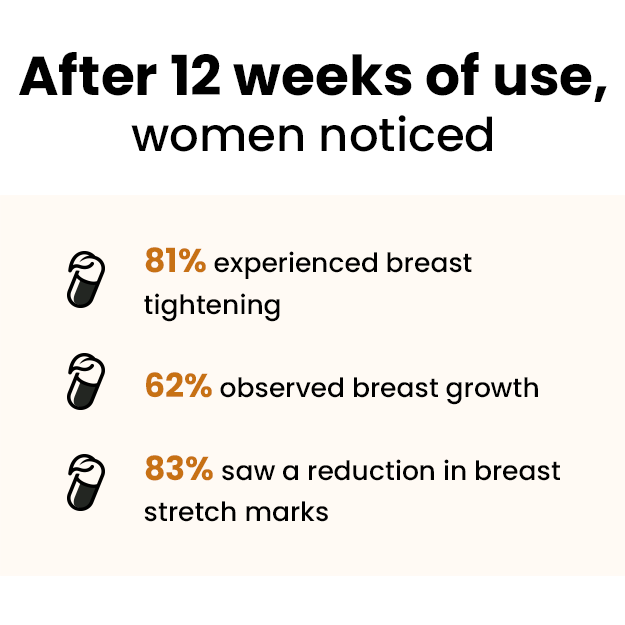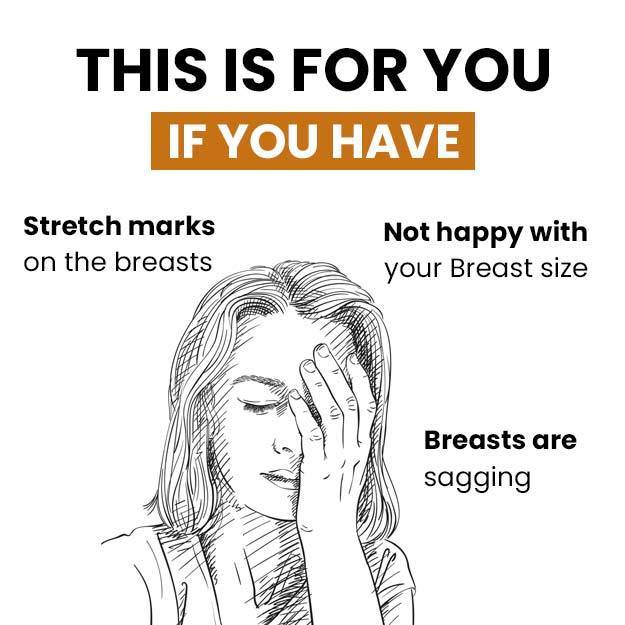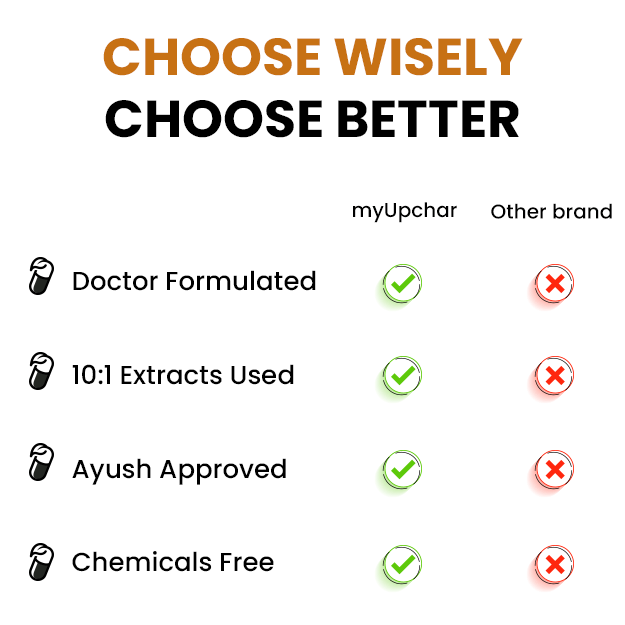Breast infection is also called mastitis. This infection occurs in the tissues of the breast. This infection is the most common infection in breastfeeding women. When the baby breastfeeds, the bacteria present in his mouth go into the breast which causes infection. This is called lactation mastitis. Women who do not breastfeed are also at risk of infection, but it is not as common in them. The infection usually affects the fatty tissue present in the breast, causing swelling, lumps and pain in the breasts. Although most infections are caused by breastfeeding or blocked milk ducts. Very rarely, but sometimes breast infection is also related to breast cancer. Here are the symptoms, causes, treatment and prevention measures of breast infection -
(Read more - Breast Problems)


